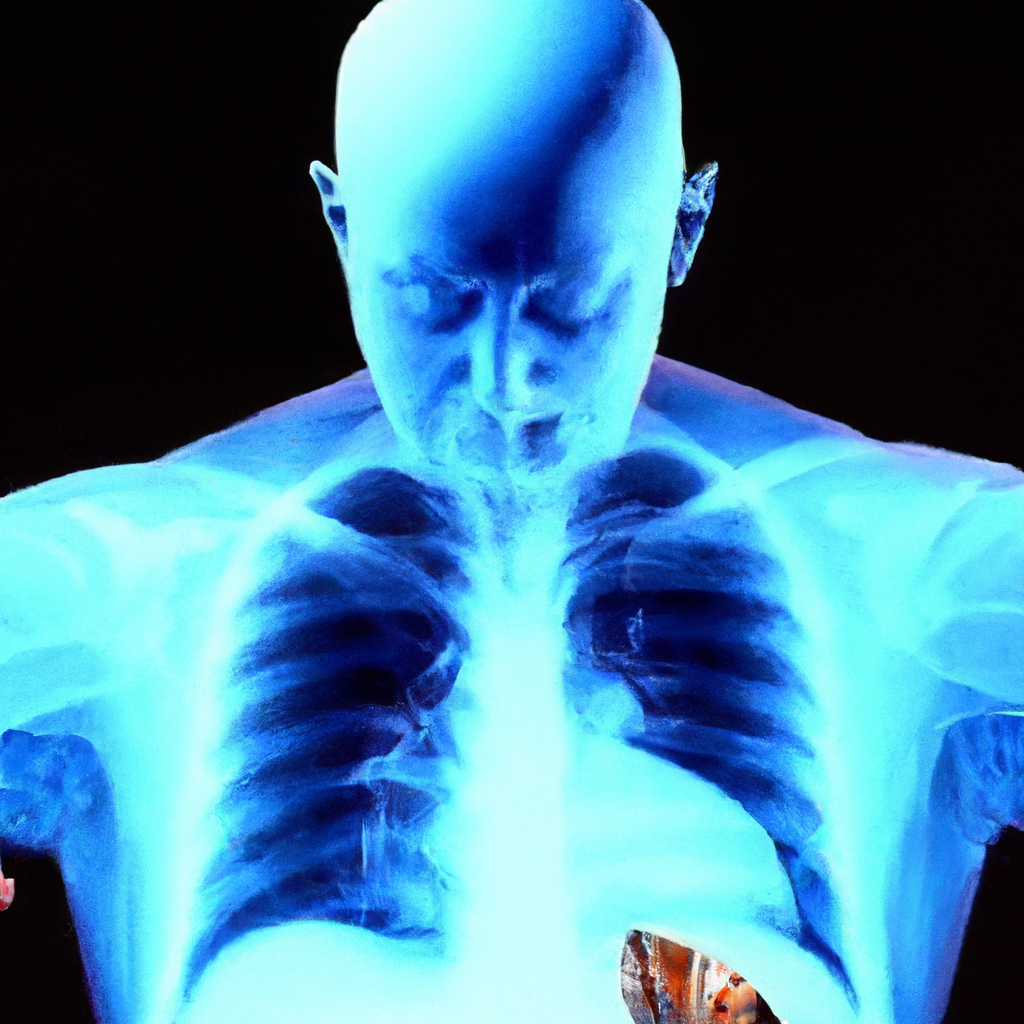-
Reading Roadmap
- Understanding the Experience of Heart Failure Patients with Preserved Ejection Fraction (HFpEF) and Obesity: A Qualitative Study from Patients and Clinicians’ Perspectives
- Key Takeaways
- Introduction: Unraveling the Complexities of HFpEF and Obesity
- The Interplay between HFpEF and Obesity
- The Patient’s Perspective
- The Clinician’s Perspective
- FAQ Section
- What is HFpEF?
- How is obesity linked to HFpEF?
- What are the symptoms of HFpEF?
- What are the challenges in diagnosing and managing HFpEF in obese patients?
- What is the impact of HFpEF and obesity on patients’ quality of life?
- Conclusion: The Need for a Holistic Approach
- Further Analysis
Understanding the Experience of Heart Failure Patients with Preserved Ejection Fraction (HFpEF) and Obesity: A Qualitative Study from Patients and Clinicians’ Perspectives

[youtubomatic_search]
Key Takeaways
- HFpEF and obesity are interconnected, with obesity being a significant risk factor for HFpEF.
- Patients with HFpEF and obesity often experience a lower quality of life due to symptoms such as breathlessness and fatigue.
- Healthcare providers face challenges in diagnosing and managing HFpEF in obese patients due to the complexity of the condition.
- There is a need for more research and improved treatment strategies for HFpEF in obese patients.
- Patients’ perspectives and experiences are crucial in understanding and managing HFpEF and obesity.
Introduction: Unraveling the Complexities of HFpEF and Obesity
Heart failure with preserved ejection fraction (HFpEF) is a complex cardiovascular condition that affects millions of people worldwide. It is characterized by the heart’s inability to fill with blood properly, despite a normal or near-normal ejection fraction. Obesity, a global epidemic, is a significant risk factor for HFpEF, further complicating the disease’s management and prognosis. This article delves into the experiences of HFpEF patients with obesity, shedding light on their struggles and the challenges faced by clinicians in managing this dual burden.
The Interplay between HFpEF and Obesity
Obesity is a well-established risk factor for HFpEF. The excess weight puts a strain on the heart, leading to structural and functional changes that result in HFpEF. Studies have shown that obese individuals are two to three times more likely to develop HFpEF than their non-obese counterparts. Furthermore, obesity exacerbates the symptoms of HFpEF, such as breathlessness and fatigue, leading to a lower quality of life.
The Patient’s Perspective
Living with HFpEF and obesity is challenging. Patients often report feeling breathless even after performing simple daily activities. This breathlessness, coupled with fatigue, significantly impacts their quality of life. Many patients also express frustration at the lack of effective treatments for their condition, as current management strategies primarily focus on symptom relief rather than addressing the underlying disease.
The Clinician’s Perspective
From a clinician’s perspective, diagnosing and managing HFpEF in obese patients is a complex task. The overlapping symptoms of HFpEF and obesity often make diagnosis difficult. Additionally, the lack of specific treatment guidelines for this patient population adds to the challenge. Clinicians emphasize the need for more research to develop effective treatment strategies for HFpEF in obese patients.
FAQ Section
What is HFpEF?
HFpEF, or Heart Failure with Preserved Ejection Fraction, is a type of heart failure where the heart’s ejection fraction (the percentage of blood that leaves the heart each time it contracts) is normal or near-normal, but the heart is still unable to pump enough blood to the body.
How is obesity linked to HFpEF?
Obesity puts extra strain on the heart, leading to structural and functional changes that can result in HFpEF. Obese individuals are two to three times more likely to develop HFpEF than non-obese individuals.
What are the symptoms of HFpEF?
The most common symptoms of HFpEF include breathlessness, fatigue, and swelling in the legs and ankles. These symptoms are often exacerbated in obese patients.
What are the challenges in diagnosing and managing HFpEF in obese patients?
The overlapping symptoms of HFpEF and obesity often make diagnosis difficult. Additionally, there are no specific treatment guidelines for managing HFpEF in obese patients, making management a complex task.
What is the impact of HFpEF and obesity on patients’ quality of life?
Patients with HFpEF and obesity often experience a lower quality of life due to symptoms such as breathlessness and fatigue. These symptoms can make even simple daily activities challenging.
Conclusion: The Need for a Holistic Approach
The interplay between HFpEF and obesity presents a significant challenge for both patients and healthcare providers. Patients struggle with debilitating symptoms and a lower quality of life, while clinicians grapple with the complexities of diagnosing and managing these conditions. There is a pressing need for more research and improved treatment strategies for HFpEF in obese patients. Furthermore, incorporating patients’ perspectives and experiences into care plans can provide valuable insights and lead to more personalized and effective care.
[youtubomatic_search]
Further Analysis
In conclusion, understanding the experience of heart failure patients with preserved ejection fraction (HFpEF) and obesity requires a comprehensive approach that considers both the patient’s and clinician’s perspectives. The interconnection between HFpEF and obesity, the impact on patients’ quality of life, the challenges faced by healthcare providers, and the need for more research and improved treatment strategies are key takeaways from this discussion. By shedding light on these issues, we can pave the way for better management and improved quality of life for these patients.

Leave a Reply